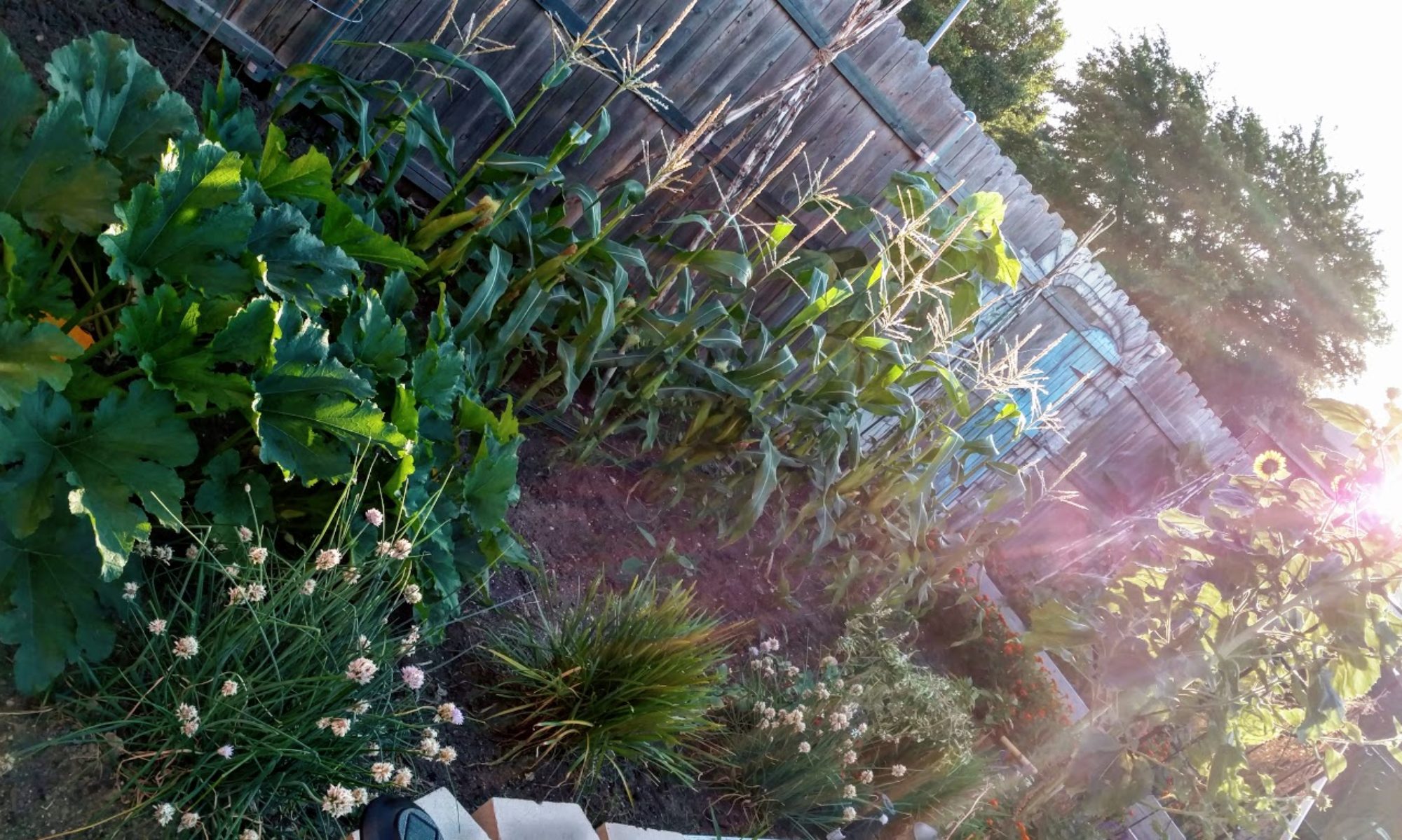The health of the soil in ones garden is as important as the foundation of their home! As such, once someone has decided where they want to place a new bed, or even if they are using existing beds over and over again each season, an assessment of the soil should be completed. There are so many things to look at when it comes to soil one might wonder where to start. Two primary options when determining the validity of your soils are:
Having your soil tested.
This process can take up to two weeks. Stick around and I’ll share the ins and out of this as I go through a soil test for my beds in spring.
Performing a self assessment of your soil.
Self assessments are what I have used through the majority of my gardening life. One does learn over time to look for specific signs that will help them determine the health of their soil. However, self assessments can be risky for new gardeners unless they have a good guideline on what to look for. Luckily there is a very structured process one can follow that was created by Oregon State University to determine the health of a garden’s soil.
Oregon State recommends five assessments a year covering 10 steps ranging from soil to water to plant life. We will review each of these steps in a series of articles and how to videos over the next few months. However, let’s kick off the bulk of the assessments by focusing first on soil health and how to asses the texture and structure of your soil
Soil Assessment 1: Texture and Structure
 The texture and structure of the soil is how it is put together, how it moves, handles water, and allows plants to grow. As such, soil texture is paramount to ones garden. Soil should have a crumb structure and be friable, (easily crumbled). It should also have good porosity so air, water, roots and organisms can move freely within the soil. This is a balance game though. Why? Because soil that is too friable probably has poor aggregate stability, it won’t hold structure well or retain water well. If on the other hand it does not break apart at all, it’s too hard, cemented or full of clay there will be issues; organisms will not be able to move through the soil.
The texture and structure of the soil is how it is put together, how it moves, handles water, and allows plants to grow. As such, soil texture is paramount to ones garden. Soil should have a crumb structure and be friable, (easily crumbled). It should also have good porosity so air, water, roots and organisms can move freely within the soil. This is a balance game though. Why? Because soil that is too friable probably has poor aggregate stability, it won’t hold structure well or retain water well. If on the other hand it does not break apart at all, it’s too hard, cemented or full of clay there will be issues; organisms will not be able to move through the soil.
Many things can impact the quality of your soil. Day-to-day life, weather, erosion, what and when one plant, as well as tilling or not tilling can impact positively or negatively a gardens soils texture.
Completing the Assessment
First off ensure your attempting your assessment when your soil is neither too dry, too wet or frozen. You will need a shovel (or tool to dig into the soil with) and a spray bottle with water.
- Choose a few areas of the garden that is considered representative.
- Dig a 6 – 10 inch deep area

-
- Scoop up a portion of soil that is about the size and volume of a can of soup.

- Review the soil, are their crumbs, clumps of clay, granular soil only?
- If there are crumbs present squeeze them and note the amount of pressure it takes to collapse them while dry.
- Scoop up a portion of soil that is about the size and volume of a can of soup.

- Gently wet some of the crumbs and try to collapse them while wet. Does this require more or less pressure?
Assessing the Findings
-
- Lowest health: Soil has powdery, massive or flaky structure without any visible crumbs.
- Moderate Health: There are some crumbs present yet they break under slight pressure. They are also far more fragile when wet.
- Best Health: Soil is friable and crumbly! It has a clear crumb structure that maintains its shape under pressure even when wet and can also still be broken between one’s fingers!
Four easy steps to improve least desirable results
1: Allow plants to decompose naturally if possible.

Allowing plants to decompose naturally is important to an organic garden. Not only that but if done correctly adds beauty to a garden and another season of life. Decomposition promotes organic growth in the soil. On the other hand leaving soil completely empty for long periods of time can drive erosion or overly compacted soil making it hard to manage or work through.
2: Have clear walkways through your garden!

This is one of the simplest things to do. Consider what one weighs. Consistently walking through the beds one is planting in can compact the soil to the point that it is no longer friable. Therefore, create beauty and character in your garden while also respecting your soil by laying small stepping-stones through your beds. Create committed walk ways such as my path directly down the middle of my large beds here. Plan for clearly laid out walkways between plants. Giving enough room to walk through for harvest but not touching the base soil the plants are thriving in.
3: Add organic matter to your soil!

Organic matter promotes organisms in your garden that break your soil down, It also promotes drainage and worms. Here are some cheap and easy ways to add organic matter to your soil.
- Using eggshells in your garden!
- Coffee grinds in your garden!
- Add orange or banana peals
- Utilize Peat or Coconut Moss
- Save dried Leaves
- Use corn leaves for mulch
- Add compost annually
- Grow companion plants that support your main crops but easily break down in your garden all summer long. Borage, Comfrey, Yarrow, Marigolds
4: Use cover crops in the winter.

In my experience the best cover crops are winter garden plants such as snow peas, cabbage, sweet peas, lettuce, radishes, garlic and other plants that love the cold.
These plants not only keep your soil busy but enable you to continue to eat the freshest foods available over your winter months. Other options are grassy plants, that die down easily preventing the need for heavy tilling such as alfalfa or buckwheat,
Want to see more?
Register with Oma’s Gardens and get notified as these and more steps are completed surrounding soil assessments over the next few weeks:
- Compacted Layers of Soil: Garden Soil Assessment 2
- Soil Work-ability: Garden Soil Assessment 3
- Soil Organisms: Garden Soil Assessment 4
- Earthworm Abundance: Garden Soil Assessment 5
- Water Infiltration and Availability: Garden Soil Assessment 6
Other Related Articles
Visit Oma’s Store Front in Lawn & Gardens for Seeds and Garden Products


